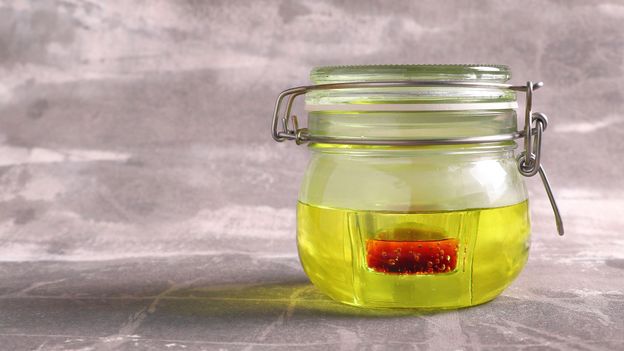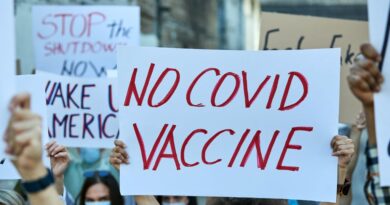South America’s bitter divide over a toxic ‘Covid cure’

The flyer had thousands of shares on Facebook. It requested people to do something that, amid a pandemic, sounded outrageous: go to a square and protest elbow-to-elbow with a bunch of strangers. Yet, dozens of residents of Lima, the capital of Peru, left their homes the morning of 28 July 2020, and met in one of the city’s biggest parks to do just that. In their minds, they were not only not risking their own lives, but saving the lives of many others.
The protest was organized by an organisation called Comusav, a Spanish acronym for ‘Global Coalition for Health and Life’. They said they were defending their rights to life and health, but their true cause was demanding their government accept a toxic chemical as a treatment for Covid-19.
Chlorine dioxide, the apparent cure they were clamouring for, is not only ineffective against Covid-19, but it can cause life-threatening dehydration and acute liver failure. It is considered hazardous for human consumption by health authorities all over the world, including those in Peru. Its promoters have had face-offs with doctors and have even been prosecuted by authorities for years, but the coronavirus pandemic gave them their biggest showcase so far.
Interest in chlorine dioxide on Google skyrocketed in 2020, and hundreds of pages offering it began to appear in social media. Several celebrities endorsed it in their social media profiles, and some even managed to win mainstream media coverage by praising of its alleged properties. Andreas Kalcker, one of its biggest promoters, has been invited to talk about it by well-meaning journalists, legislators and academics not only in Peru, but also in neighbouring countries such as Colombia and Bolivia.
You might also like:
How did a substance the Federal Drug Administration (FDA) says “is the same as drinking bleach” trigger such a movement in Latin America? Social media had something to do with it, but also psychological traits and marketing techniques that have been around for a long time.
A simple solution
Chlorine dioxide was not the only fake cure to gain popularity as the world scrambled for ways to combat the pandemic. Other substances, like hydroxychloroquine, interferon, ivermectin, or azithromycin were also touted as possible ways to prevent getting the virus or suffering its worst effects. None of them, it turned out, showed any conclusive results against Covid-19.
“The narrative of fake cures is fed by hope, by this idea that ‘we finally found the solution’,” says Laura Merchan, a researcher from the Democracy Observatory in the University of the Andes in Bogota, who studied how false information about fake cures spread on Facebook in Colombia.


